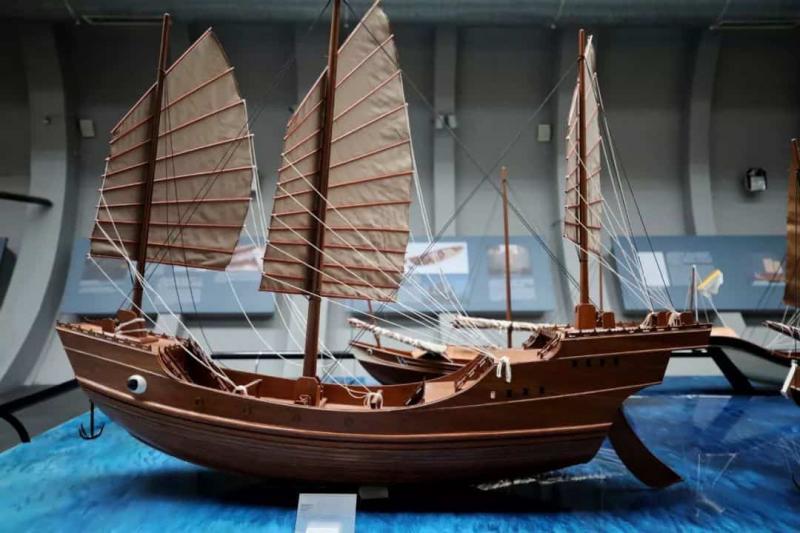Best Chinese Dynasties in Technology
As one of four cradles of civilization in the world, ancient China held a leading place in nature studies in many fields around the world. Chinese scientific discoveries and technological inventions cover almost the whole spectrum of the sciences, from mathematics, physics, mechanical engineering, astronomy, to geophysics, botany, etc. and are still being used by the whole world today.
From Xia Dynasty (2070 B.C.E. - 1600 B.C.E.) to Qing Dynasty (1644 – 1912), there were generally three culminations in technological development in ancient China. Below is an introduction of major technology inventions in these greatest dynasties.
The First Culmination – Eastern Zhou Dynasty (Spring & Autumn Period and Warring States Period)
Eastern Zhou Dynasty was the second half of the Zhou dynasty. It was divided in to two periods: the Spring and Autumn period and the Warring States period. Since the Spring and Autumn period, the Zhou royal authority over the various feudal states started to decline. There are over a hundred vassal states in the territory. Feudal lords defied the king's court in Luoyi, and waged wars amongst themselves. Though Eastern Zhou was a feudal separatist ruled country, it was one of the most important dynasties in Chinese philosophy, culture and technology as well. The most famous Confucianism and Taoism were developed together with a hundred of other philosophical thoughts in this period. Here are some best Chinese technology inventions in this period.
Cast Iron Smelting Technology (冶铁技术)
Chinese people began to learn to use iron since Shang Dynasty (1600BC - 1100BC), but only meteoritic iron were used for the blades of weapons, or were cast into bronze handles to inlaid with silver or precious stones. The Spring & Autumn and Warring States Periods witnessed the technology shifted from meteoritic to smelted iron. Iron came into general use due to greater hardness and better ductility of cast iron. It was used to forge weapons and most important to manufacture farming tools. Ox-drawn plows were invented and greatly increased the crop yield of the country.
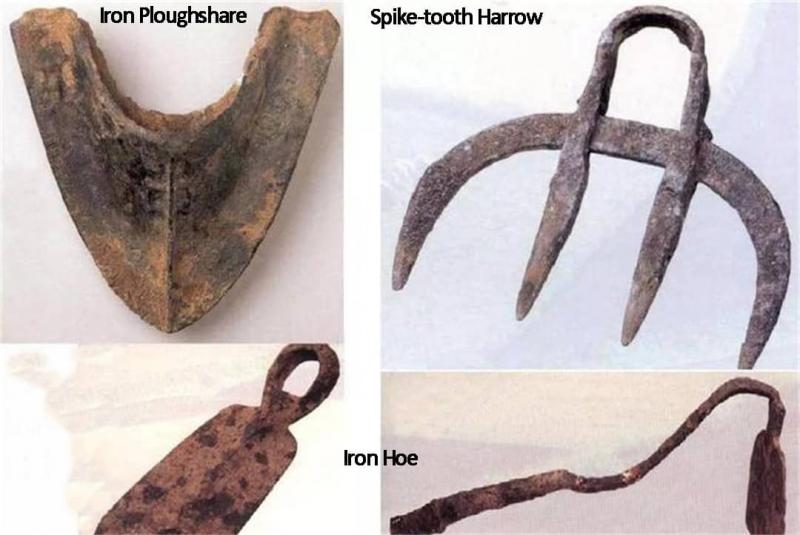
Si Nan (the Oldest Compass) (司南)
In Warring States Period, ancient Chinese made the world first compass by putting a lodestone spoon with natural magnet on a flat plate of bronze. When the set was moved to a new place, the spoon would spin around first and then stop in a north-to-south orientation with the handle pointing to the south. It was called “Si Nan” in Chinese, meaning south-pointer. For a long time, compasses were used as a tool to know the direction in fortune telling, or what we called Feng Shui. Based on “Si Nan”, ancient Chinese invented better device later, which putting a wooden fish containing a magnetized needle in a bowl filled with water. Both the “Si Nan” and fish-type device paved the way for more precise instruments that helped explorers to navigate the seas.
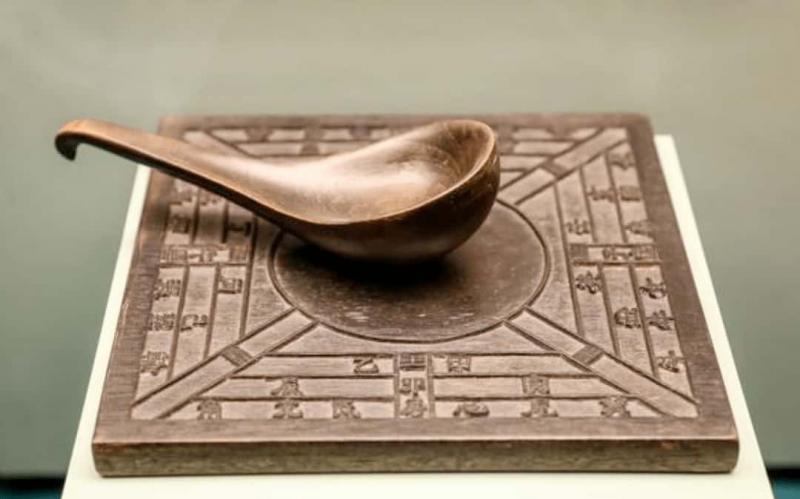
Traditional Chinese Medicine (TCM) (中医药)
Traditional Chinese Medicine is a complete medical system that has been used to diagnose, treat, and prevent illnesses. The origin of Chinese medicine can date back to Xia and Shang Dynasties (2070 BC - 1046 BC) or even early when people found that some herbs can prevent and treat disease. According to the Rites of Zhou (周礼), imperial court physicians in the Western Zhou Dynasty (1046 BC – 771 BC) were divided into four categories - dieticians (食医), physicians (疾医), surgeons (疡医), and veterinarians (兽医), who had to receive specialized training and were responsible for certain medical conditions.
In Spring and Autumn Period, Traditional Chinese Medicine entered a new era with the founding of “Four Diagnostic Methods” - looking, listening/smelling, asking, and pulse-taking. The founder, Bian Que (扁鹊) , was considered a “divine doctor” as his medical skills were so remarkable. The four methods of diagnosis laid the foundation for clinical diagnosis and treatment of traditional Chinese medicine and a theoretical system of Chinese medicine started to form. Today, they are still be used by all Chinese medicine practitioners as mandatory part of making the diagnosis.

The 2nd Culmination – Sui Dynasty, Tang Dynasty and the Wudai Period (Five Dynasties)
With the collapse of the Han Dynasty in 220 CE, the unified China experienced another division for around 400 years until the setup of Sui Dynasty. Sui was a short-lived dynasty, but like Qin Dynasty, it made important structural changes which paved the way for a more long-lasting and prosperous successor – the Tang Dynasty. In this period, culture and the arts flourished and technology development entered another culmination.
The Grand Canal (大运河)
The oldest part of the Grand Canal was built in the 5th century BC. In Sui Dynasty (581–618 AD), more canals were built and the various sections were first connected into the Grand Canal. Grand Canal in Sui Dynasty took its capital Luoyang as the center and extended to north end Zhuojun (current Beijing) and south end Yuhang (current Hangzhou). It became a main traffic artery connecting the north and south and played a major role in reunifying and economy. Following dynasties significantly restored and rebuilt the canal and finally in Yuan Dynasty, its route was altered and shortened to supply capital Beijing more efficiently.
The Grand Canal is a great waterway system consisted of more than 2,000 km of artificial waterways, linking five of China’s main river basins. Due to China’s hydrography, most rivers in north and east China flow from west to east. The construction of the Grand Canal has realized the North-South communications, which were arduous but magnificent. The water engineering, hydraulic structures, water facilities, and transport management across different reaches of the Grand Canal show significant technology achievements ancient Chinese people made.

Engraved Block Printing Technology (雕版印刷)
For a long time in ancient China, people wrote on bamboo slips or silk cloth, which were either heavy or very costly. In the Eastern Han Dynasty, the invention of paper by Cai Lun made book enter people’s life. But writing books by hand was time-consuming and prone to errors. Borrowed the technique of Chinese seal engraving and stele rubbing, people in early Tang Dynasty carved out the characters on the board and brushed ink on it before laid a piece of paper on top of it. They lifted up the paper and let it dry to get one page of the book. This printing method was called block printing, which helped the publishing industry thrive. Later in Song Dynasty, Bi Sheng invented movable type printing to make book printing more efficient. The printing techniques, both block printing and movable type printing, were first introduced to Asian countries around China and then via the Silk Road to central Asia.
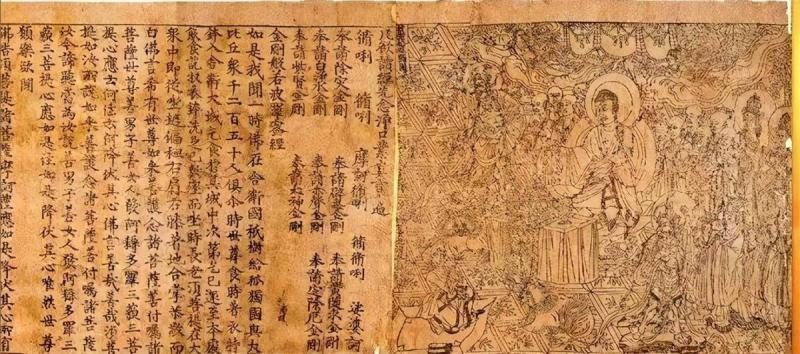
Invention of Gunpowder (火药)
Like many great inventions, the invention of gunpowder in China was an accident, but its effect on human history is so profound that few substances in history can compare. Chinese alchemists discovered the technology in the 9th century CE, during their quest for a life-extending elixir. They mixed 75 parts saltpeter with 15 parts charcoal and 10 parts sulfur to test one of their elixir formulas. Instead of getting a life-lengthening elixir, they got an explosion with a flash and a bang. Chinese people use gunpowder to make fireworks to light in the Spring Festival and other celebrations. But the most profound effect it has is the application in weapons, from "flying fire"(an arrow with a burning tube of gunpowder attached to the shaft), primitive hand grenades, flamethrowers and cannon in Song Dynasty to powerful modern weapons in today’s world.
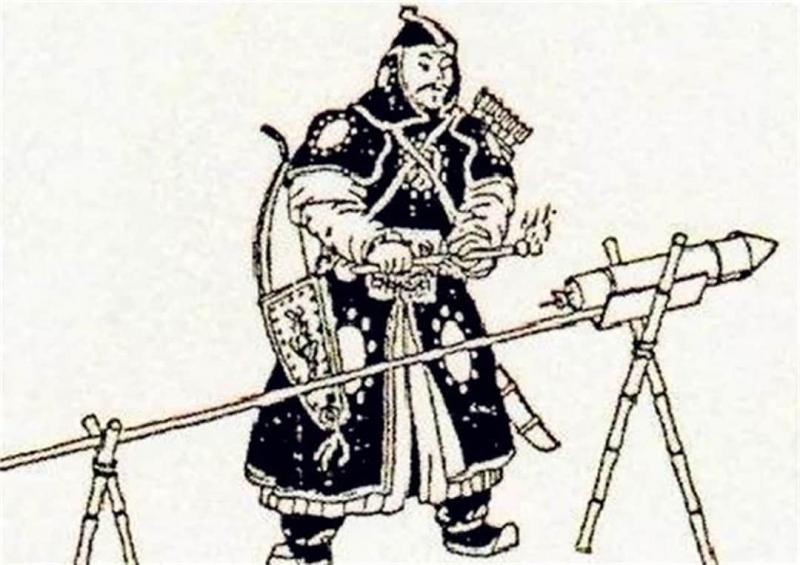
The 3rd Culmination – Song Dynasty and Yuan Dynasty
Song Dynasty is somehow a weak regime in Chinese history, especially when the Song court retreated to the south. Yuan Dynasty after it was powerful but last only 98 years, which was one of the shortest dynasties in the history. But all these couldn’t stop it from becoming a powerful technology period. In this period, applied sciences developed widely based on technology achievements by ancestors. Compass using magnetic needle replaced “Si Nan” to show true north and applied in navigation and military. Movable-type printing is much more flexible and efficient than block printing. Gunpowder was applied in making firearms, including fire arrows, bombs, fire lance and cannon. Below are some more top Chinese technology discoveries in Song and Yuan Dynasties.
Astronomical Water Clock (水运仪象台)
Before the invention of mechanical clock about 700 years ago, water clocks were used for a long time. In the Song Dynasty, the best astronomical water clock was built in Kaifeng, China by a Chinese polymath and statesman named Su Song. This 40 feet high hydro-mechanical astronomical clock tower was powered by a special water wheel. Many world-leading mechanical inventions were applied in this clock, such as the escapement mechanism invented by Buddhist monk Yi Ming and water-powered armillary sphere by Liang Lingzan in Tang Dynasty. And with new technology inventions, Su Song made many improvements and new innovations to build the astronomical clock tower with endless power-transmitting chain drive. It was the first of its kind in the world which could give the correct time of the day and night, as well as the sunrise and the sunset.
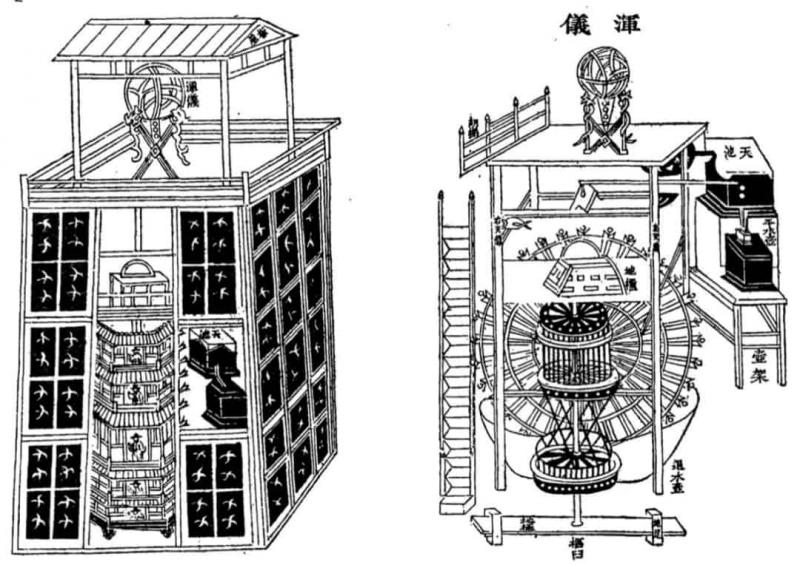
Pound Lock (水闸)
There is a saying, that Chinese civilization is a history of water management. When Qin Dynasty unified China, the first canal in China was built in Guilin to connect two river basins, the Pearl River and the Yangtze River. To solve the water level difference, 18 water gates were built on the canal to enable navigation. In the Song Dynasty, Qiao Weiyue built two locks with a distance of 50 paces on Xihe Canal. When the hanging gates were closed, the water accumulated like a tide until the required level was reached, and then when the time came it was allowed to flow out. This was considered as the first pound lock in the world.
Shipbuilding Technology (造船工艺)
China is generally considered as a landlocked agricultural country only since ancient times. But the unearthed Song Dynasty ship in Quanzhou and Zheng He’s seven voyages to West Asia and East Africa in Ming Dynasty tell us a different story. Two critical devices to build a large, fast and strong ship were invented in Song Dynasty. Stern-post rudder enabled the ship to correct its course and not deviate from its course. Watertight compartment technology strengthened the ship body, but most important, it can avoid sinking even one compartment is seriously flooded with water. In the Song Dynasty, some ships were powered by both oars and sails and large enough to hold several hundred men. Since Song Dynasty, large sea-going ships were built and with the help of compass, maritime trade to the South Seas and Indian Ocean had widely developed and reached its peak in the Ming Dynasty. Quanzhou was the biggest port in the world at that time.
